If you haven’t read last month’s post about The Drama Triangle, I suggest you read it now. If you have, I know you are eagerly awaiting the answer to how to get out of the Dreaded Drama Triangle. This month, I will provide a short answer. The long answer will be provided in many of the posts that follow.
For those in need of a quick refresher, the Drama Triangle describes a dynamic that shows up in our relationships whenever there is conflict or drama. The characters in this relational drama are the Victim, Rescuer and Persecutor. While we often have a main character, we all adopt each of these roles- often chasing each other around the triangle.
Victim – The part in us that believes we are not good enough. When in this role we feel distressed, vulnerable, and powerless to do anything about it.
Persecutor – The part in us that blames others for how we feel. It is someone else who is ‘not good enough’ not us. When in this role we feel angry and resentful.
Rescuer – The part in us that wants to save others from distress. We do this by instantly throwing advice, solutions, and positivity at the victim.
Put simply, the key to getting out of this unhealthy relationship dynamic is responsibility. Now I know this word is often tarnished with a sense of burden and obligation. But what if we break it into two words response-ability. Said in this way, it suggests we have the ability to choose a response. Has a more empowering ring to it, doesn’t it?
Last month, I challenged you to get to know your Victim, Rescuer, and Persecutor. The reason for this is when we learn how our body reacts and the automatic thoughts associated with each role being triggered, we can intercept our behavioural reaction and choose a different response. For example, when my rescuer gets triggered, it can literally feel like someone is tugging at my heartstrings. My thoughts then go into over-drive ‘what can I do’ ‘what will make you happy’. At this moment, I have a choice, to either strap on my rescuer’s cloak and throw some solutions at the person or put down my cloak, listen, empathise and ask the person how I can help.
While taking responsibility relates to all roles, the big one is our victim. If everyone took care of their own Victim, there would be no Persecutors or Rescuers. Now let me be clear when I say you need to take care of your own victim, I am not suggesting you need to do it alone. Not even close. We know there are a team of wannabe Rescuers out there eager to help – you just need to tell them how they can support you best. In doing this, work with people’s strengths and ensure both your practical and emotional needs are met. If your social network mainly consists of practical supporters, reach out to a professional service for emotional support (or vice-versa).
I can hear a chorus of Victims out there screaming, that’s not helpful, the problem is I don’t know how to help myself. After all, that is the victim’s job, it makes us feel powerless and without personal agency. One of my favourite tools for helping the victim shift out of this mindset is the Circle of Concern/Circle of Influence introduced in Stephen R Covey’s book The 7 Habits of Highly Effective People. Our Circle of Concern consists of everything we are worried about- work, finances, COVID, the war in Ukraine, relationships (and the list goes). When we are in the role of the Victim we often feel we are drowning in our concerns. The first step in taking responsibility is to work out which of these concerns you have the ability to respond to. You can then consider what aspects of this concern you have direct control over and what aspects you can influence.
By shifting our focus to what we can control and influence rather than our concerns and what we can’t control we can start to gain hope. I like Brene Brown’s description of hope as a cognitive process where we set realistic goals, develop different pathways on how to achieve these goals and believe that we can achieve them. When hope becomes a process rather than a feeling it becomes more attainable, it means we can choose a more hopeful path.

We can’t talk about taking responsibility without talking about the Persecutor. Our Persecutor’s whole role revolves around trying to make someone else responsible for our problems. Now here comes the outraged Persecutors telling me that other people are at fault and doing them wrong. Of course, other people’s actions have the ability to invoke painful emotions, however, we have the choice to fight fire with fire and hurt them back or choose a different response. When we opt for an assertive response rather than an aggressive reaction, we are more likely to be heard and have our needs and expectations met. We can’t necessarily change someone’s behaviour, but we can influence it.
I hope, this post helps you become more hopeful that getting out of the triangle is a realistic goal and the first step to achieving this is to take responsibility for the things you can influence and control. As I’ve mentioned the subsequent posts will continue to pave the way out. If you are ready to take action now, I’d love to help you map the pathways to your goals. Make an appointment below or get in touch michelle@bluewrentherapy.com.au or 0419 191 863.

